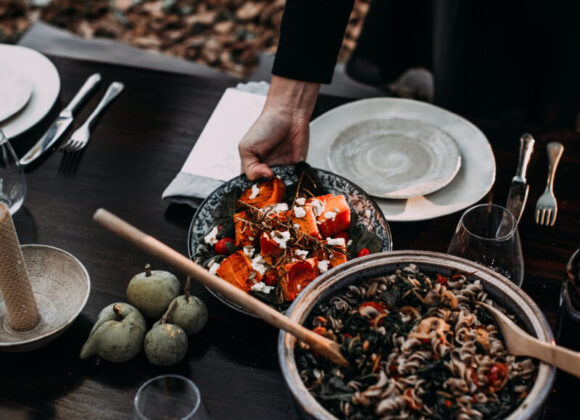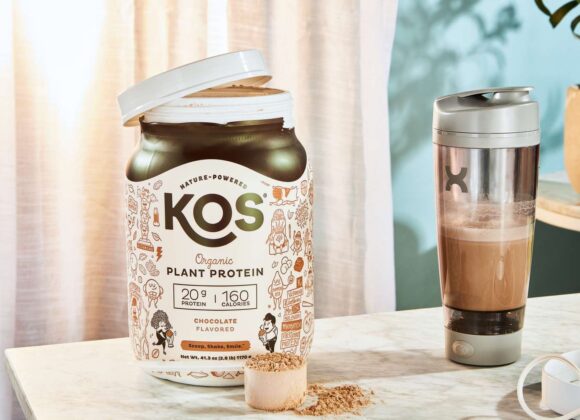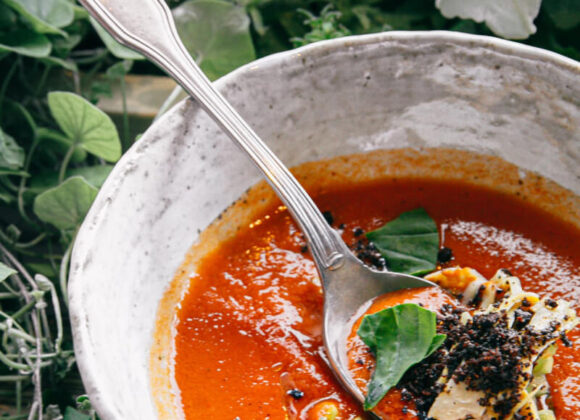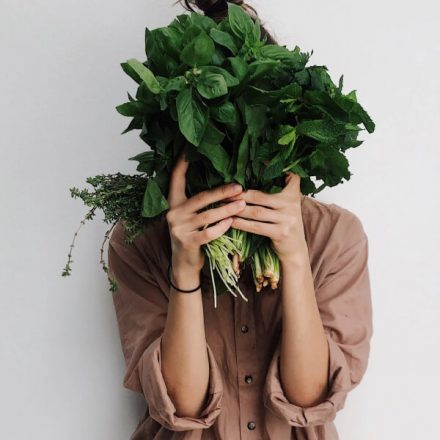At CleanFitFab, we know your morning matcha isn’t just a drink—it’s a ritual. A pause. A moment to reconnect. But lately, a question has been brewing: Could matcha interfere with iron and even lead to hair loss?
Let’s separate fact from fear so you can sip with confidence.
The Matcha-Iron Connection: Is It Real?
Matcha is rich in antioxidants called polyphenols, especially EGCG (epigallocatechin gallate). These compounds are powerful for your body, but they also have a small quirk: they can bind to non-heme iron (found in plant foods) and make it harder to absorb.
Studies show drinking tea with meals can reduce iron absorption by up to 60–90%. But here’s what’s important: this effect is temporary and only happens when you drink matcha with meals.
If you enjoy your matcha between meals, your body’s iron absorption stays mostly unaffected.
Why Iron Matters for Healthy Hair
Iron is essential for oxygenating your hair follicles and supporting their growth. When levels drop too low, your hair may enter a resting phase, leading to increased shedding—a condition called telogen effluvium.
Signs of low iron include:
- Thinning hair or excessive shedding
- Low energy or fatigue
- Brittle nails and pale skin
Women of reproductive age, plant-based eaters, and athletes are more likely to have lower iron levels.
Can You Keep Matcha in Your Life?
Absolutely. The key isn’t cutting out matcha—it’s enjoying it mindfully.
Small Shifts for Big Results
- Time it right: Sip matcha at least 1 hour before or after meals.
- Pair with vitamin C: Add lemon to greens or enjoy citrus with plant-based iron for better absorption.
- Diversify iron sources: If you’re plant-based, combine non-heme iron with vitamin C-rich foods.
These gentle adjustments let you keep your beloved ritual and protect your glow.
Quick Iron-Boosting Guide
Your minimalist plan for stronger iron levels:

Eat Vitamin C With Iron
Citrus fruits, bell peppers, and strawberries help your body absorb more iron.
Time Your Tea and Coffee
Drink them between meals—not during.
Mix Iron Sources
Include both heme (animal-based) and non-heme (plant-based) iron where possible.
Know the Signs
Fatigue, hair loss, pale skin? Check ferritin levels with your doctor.
Q&A: Your Top Matcha + Iron Questions
Does matcha block all iron absorption?
No. It only affects non-heme iron (from plants) and only if consumed with meals.
Should I quit matcha if I’m low in iron?
Not necessarily. Spacing your tea and meals may be enough to support healthy levels.
What’s the ideal daily matcha limit?
One to two cups daily is safe for most women when enjoyed away from meals.
How do I know if my iron is low?
Ask for a ferritin blood test. It gives a clearer picture of your iron stores than standard bloodwork.
The CleanFitFab Perspective
Wellness isn’t about restriction. It’s about small, intentional shifts that fit your life. With mindful timing, matcha can stay a part of your glow ritual—without sacrificing your hair or energy.
References
- Zijp IM, Korver O, Tijburg LB. Effect of tea and other dietary factors on iron absorption. Crit Rev Food Sci Nutr.2000.
- Hurrell RF et al. Degradation of phytic acid in cereal porridges improves iron absorption. Am J Clin Nutr. 2003.
- Hallberg L et al. The role of vitamin C in iron absorption. Int J Vitam Nutr Res Suppl. 1989.
